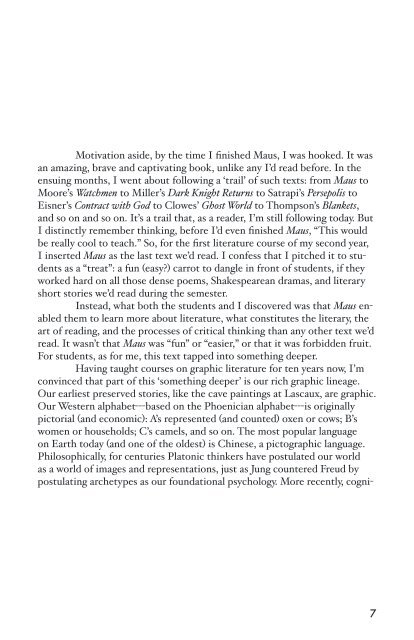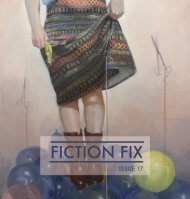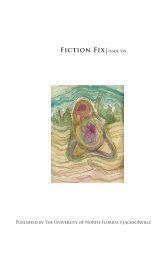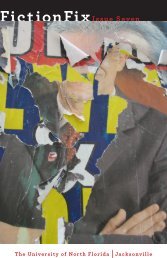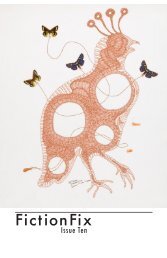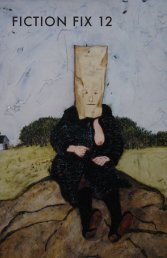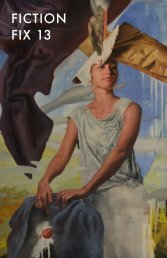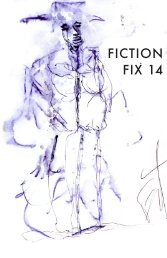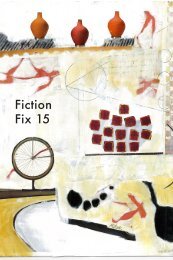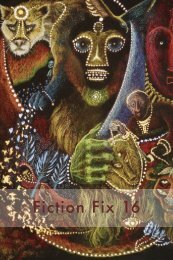Fiction Fix Eleven
Create successful ePaper yourself
Turn your PDF publications into a flip-book with our unique Google optimized e-Paper software.
Motivation aside, by the time I finished Maus, I was hooked. It was<br />
an amazing, brave and captivating book, unlike any I’d read before. In the<br />
ensuing months, I went about following a ‘trail’ of such texts: from Maus to<br />
Moore’s Watchmen to Miller’s Dark Knight Returns to Satrapi’s Persepolis to<br />
Eisner’s Contract with God to Clowes’ Ghost World to Thompson’s Blankets,<br />
and so on and so on. It’s a trail that, as a reader, I’m still following today. But<br />
I distinctly remember thinking, before I’d even finished Maus, “This would<br />
be really cool to teach.” So, for the first literature course of my second year,<br />
I inserted Maus as the last text we’d read. I confess that I pitched it to students<br />
as a “treat”: a fun (easy?) carrot to dangle in front of students, if they<br />
worked hard on all those dense poems, Shakespearean dramas, and literary<br />
short stories we’d read during the semester.<br />
Instead, what both the students and I discovered was that Maus enabled<br />
them to learn more about literature, what constitutes the literary, the<br />
art of reading, and the processes of critical thinking than any other text we’d<br />
read. It wasn’t that Maus was “fun” or “easier,” or that it was forbidden fruit.<br />
For students, as for me, this text tapped into something deeper.<br />
Having taught courses on graphic literature for ten years now, I’m<br />
convinced that part of this ‘something deeper’ is our rich graphic lineage.<br />
Our earliest preserved stories, like the cave paintings at Lascaux, are graphic.<br />
Our Western alphabet---based on the Phoenician alphabet---is originally<br />
pictorial (and economic): A’s represented (and counted) oxen or cows; B’s<br />
women or households; C’s camels, and so on. The most popular language<br />
on Earth today (and one of the oldest) is Chinese, a pictographic language.<br />
Philosophically, for centuries Platonic thinkers have postulated our world<br />
as a world of images and representations, just as Jung countered Freud by<br />
postulating archetypes as our foundational psychology. More recently, cogni-<br />
7


